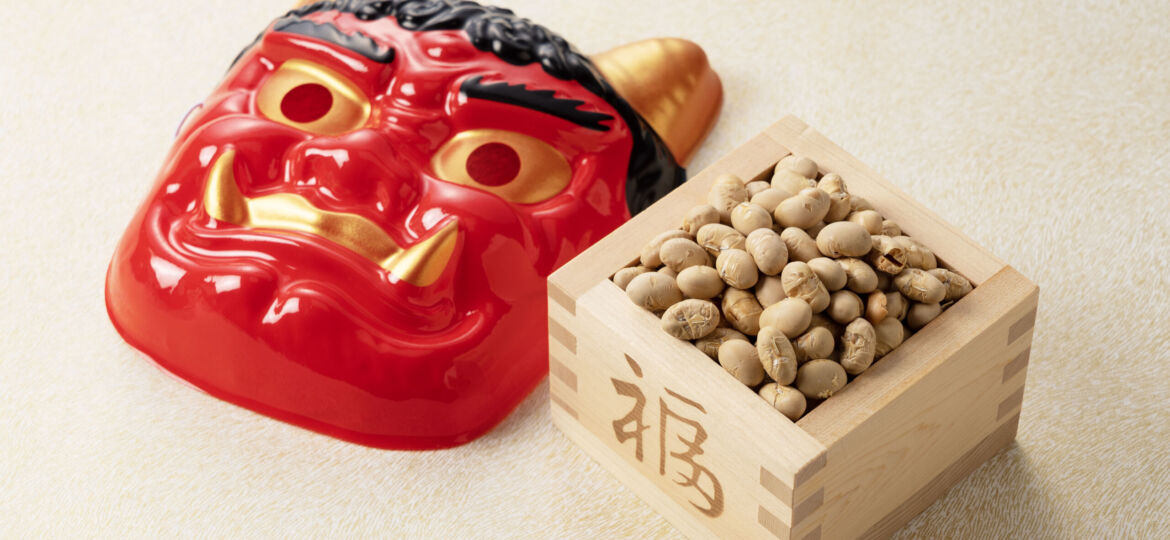
Setsubun is the traditional Japanese holiday that marks the beginning of spring. It falls on February 3rd and is celebrated with a variety of rituals, both ancient and modern. The most popular ritual associated with Setsubun is mamemaki, which literally translates to “bean scattering”. During this ritual, roasted soybeans are thrown in all directions from inside the home or temple while people shout “Oni wa soto! Fuku wa uchi!” (“Demons out! Good fortune in!”). This tradition symbolizes warding off evil spirits for a prosperous year ahead.
Setsubun has its roots in Shinto mythology and has been celebrated since at least the Heian period (794–1185 CE). It was originally called Risshun, meaning “the start of spring” according to the old lunar calendar system used by Japan until 1872. Over time it evolved into Setsubun as we know it today: an annual event when families gather together to celebrate the coming of warmer weather and longer days after winter’s chill.
In this blog post, we’ll look more closely at Setsubun traditions such as mamemaki and special foods associated with the holiday. We’ll also explore how it is celebrated nowadays and how you can join in on the fun from home!
Setsubun is still widely celebrated around Japan today, with many shrines and temples holding special events to mark the occasion. At these public gatherings, people take turns throwing beans while chanting the traditional phrase from earlier. In recent years, these ceremonies have also included manga characters or popular celebrities as special guests.
The mamemaki ritual is a way of wishing for good fortune and protection in the coming year. Afterward, participants eat the same number of beans they threw to symbolize absorbing luck into their bodies — one bean for each year of their age. This practice is known as hari mamemaki, or “bean-throwing with a needle”.
Setsubun also has its own unique foods associated with it. In Japan, these include eho-maki (a thick sushi roll filled with seven ingredients) and ozoni (a soup with mochi rice cakes). Both dishes are eaten as part of the Setsubun celebrations, with eho-maki being consumed while facing a certain direction in order to bring luck.
Finally, while many people still celebrate Setsubun in Japan, there are ways to enjoy the festivities from the comfort of your own home. If you’re unable to take part in an official mamemaki ceremony, consider hosting your own bean-throwing ritual with friends and family members. You can also make eho-maki or ozoni for a taste of Setsubun at home!
No matter how you choose to celebrate, we wish you a happy and prosperous Setsubun! May good fortune come your way this year!
____________________________________________________________________________________________________________________________
Job Skills’ employment specialists are there to answer any of your employment questions. Job Skills‘ staff offer solutions to all job seekers, including youth, newcomers, mature workers, persons with disabilities, and entrepreneurs. Job Skills knowledgeable team can help you make educated decisions, set goals, and create a strategy to help you become happier in your career. Job Skills works with local employers creating employment opportunities for Job Skills’ clients.
Thanks to government funding, Job Skills’ programs and services are free to all users. Job Skills have locations across Keswick, Markham, Brampton, and Mississauga. Job Skills also offers virtual services for community members unable to attend one of our offices for in-person activities.
Find your employment solution today. Visit www.jobskills.org

